Photos: How Diu became India’s first solar city by day
Updated On May 29, 2018 11:30 AM IST
Large vacant plots owned by the government, long sunny months, and a small population made Diu the ideal district for a renewable energy push. In September 2016, Diu became the first city in India to run completely on solar energy during the day. The sun today powers all of Diu’s homes, resorts with central air-conditioning, its hospital, government buildings, and the main power-consuming industries. Plans for supplementary wind power hope to cut even the night-time dependence on the Gujarat power grid.
1 / 8
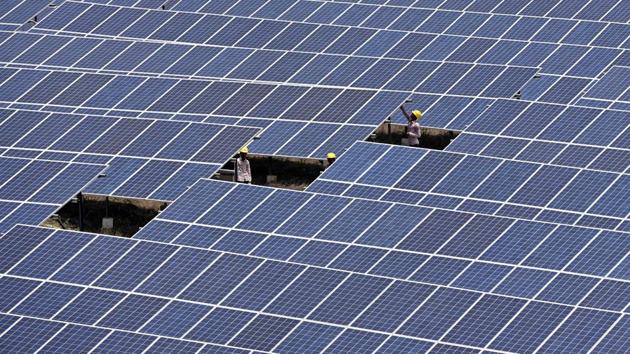
Updated on May 29, 2018 11:30 AM IST
Workers seen at the Solar Power Plant at Diu. In September 2016, Diu became the first city in India to run completely on solar energy during the day. The power comes from its two solar parks — spread over 0.2 sq km — and the rooftop panels on 112 government establishments. (Satyabrata Tripathy / HT Photo)
2 / 8

Updated on May 29, 2018 11:30 AM IST
Mahesh Solanki used to pay about Rs 1.8 lakh a month for power. Last year, it dropped by about Rs 15,000; last month by Rs 15,000 again. “With electricity costs rising everywhere, this was a pleasant surprise,” said Solanki, who owns a 36-room resort and two ice factories in the scenic beach town. (Satyabrata Tripathy / HT Photo)
3 / 8

Updated on May 29, 2018 11:30 AM IST
The two parks have a capacity of 10.27 MW, and operate for about 12 hours a day. Demand in this 42-sq-km city ranges from 5 MW to 7 MW. Through the day, the sun powers all homes, resorts, Diu’s 60-bed hospital, government buildings, offices, and the ice factories and fish warehouses that are its main power-consuming industries. (Satyabrata Tripathy / HT Photo)
4 / 8
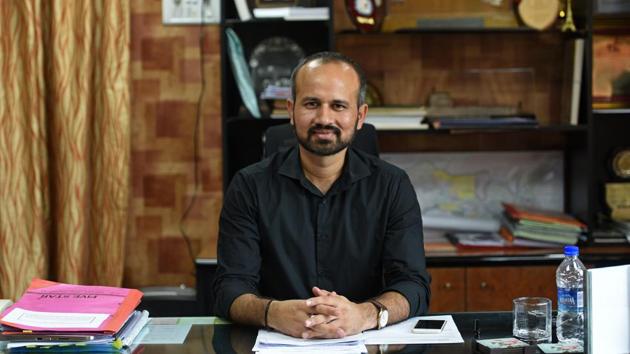
Updated on May 29, 2018 11:30 AM IST
A couple of factors make this Union Territory district ideal for solar projects. The effort to turn Diu towards the sun began in 2013. “The island has vast swathes of barren and rocky government land, coupled with a low population density and good solar exposure, with only about two months of cloudy weather a year,” Diu collector Hemant Kumar said. (Satyabrata Tripathy / HT Photo)
5 / 8
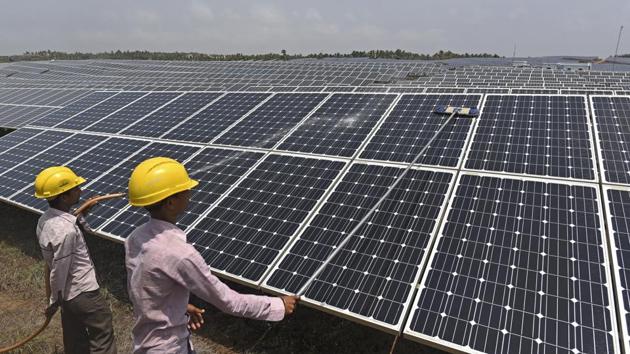
Updated on May 29, 2018 11:30 AM IST
The entire effort has cost Rs 62 crore. Maintenance and running costs are minimal. The panels need to be hosed down regularly since blurred glass can lower capacity and the connecting wires have to be checked to ensure they aren’t loose. As a Union Territory Diu is under central government control, making it easier to plan, fund and execute the solar parks project. (Satyabrata Tripathy / HT Photo)
6 / 8

Updated on May 29, 2018 11:30 AM IST
At the control centres, employees can track power production through the day. At 6 am, the panels start to hum, peaking around noon, and begin to ebb at 6 pm. Excess power generated goes to the Gujarat grid and is drawn back from it after dark. There are plans to plug this gap, switching from solar to wind after sundown. (Satyabrata Tripathy / HT Photo)
7 / 8
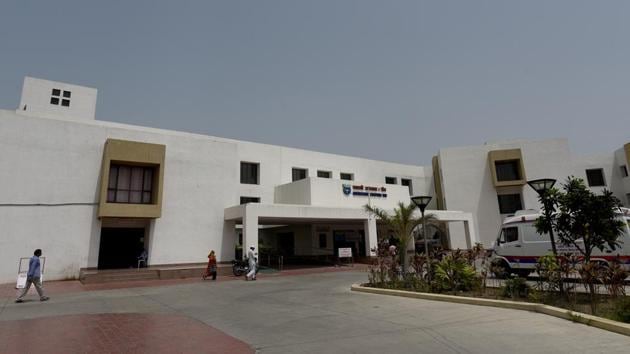
Updated on May 29, 2018 11:30 AM IST
At the year-old Diu government hospital, panels cover the roof with a capacity of 120 KW, the power going to the grid. Senior surgeon and hospital head Sanjay Verma said that as a government building, the net metering system doesn’t apply here, but hospitals are huge spaces with major electricity consumption. Open terraces used for solar power can cut expenditure and also make healthcare cheaper. (Satyabrata Tripathy / HT Photo)
8 / 8
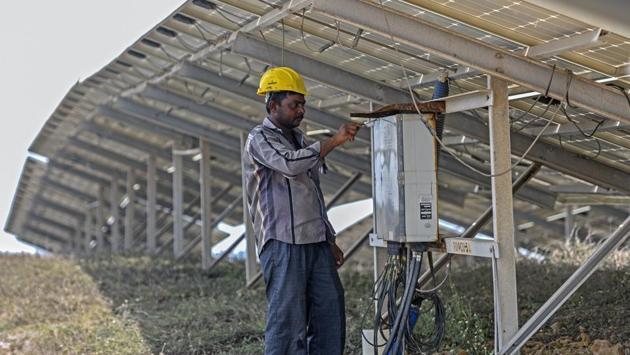
Updated on May 29, 2018 11:30 AM IST



